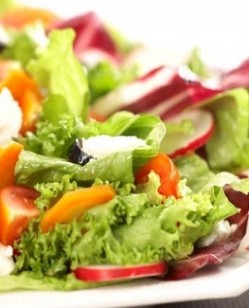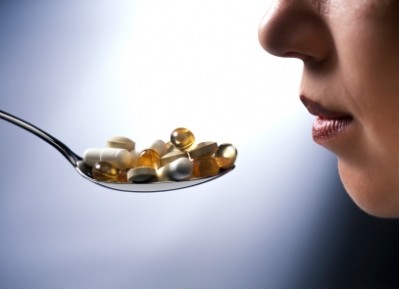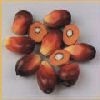Monounsaturated dressings are best for salad nutrient absorption, says study

The study – published in Molecular Nutrition & Food Research – investigated how the fat used in a salad dressing impacts the absorption of nutrients from salads. The US-based researchers reported that monounsaturated fat-rich dressings required the least amount of fat to get the most carotenoid absorption, while saturated fat and polyunsaturated fat dressings required higher amounts of fat to get the same benefit.
Led by Mario Ferruzzi of Purdue University, USA, the researchers noted that fruit and vegetables in salads are full of fat soluble vitamins and nutrients which are unable to be absorbed unless the right kind of salad dressing is used.
"If you want to utilize more from your fruits and vegetables, you have to pair them correctly with fat-based dressings," said Ferruzzi. "If you have a salad with a fat-free dressing, there is a reduction in calories, but you lose some of the benefits of the vegetables."
"Overall, pairing with fat matters. You can absorb significant amounts of carotenoids with saturated or polyunsaturated fats at low levels, but you would see more carotenoid absorption as you increase the amounts of those fats on a salad,
"[But] even at the lower fat level, you can absorb a significant amount of carotenoids with monounsaturated fat,” said the lead researcher.
Study details
In the study, the research team fed 29 test subjects a salad topped with saturated, monounsaturated or polyunsaturated fat-based dressings – and tested their blood for absorption of fat-soluble vitamin compounds.
In the test, 29 people were fed salads dressed with butter as a saturated fat, canola oil as a monounsaturated fat and corn oil as a polyunsaturated fat. Each salad was served with 3 grams, 8 grams or 20 grams of fat as dressing.
The team found that soybean oil – rich in polyunsaturated fat – was the most dependent on dose, whilst saturated fat – in the form of butter – butter was also dose-dependent, but to a lesser extent.
Monounsaturated fat-rich dressings, such as canola and olive oil-based dressings, promoted the equivalent carotenoid absorption at 3 grams of fat as it did 20 grams, suggesting that this lipid source may be a good choice, said the researchers.
Ferruzzi and colleagues will next work on understanding how meal patterning affects nutrient absorption.
Source: Molecular Nutrition & Food Research
Volume 56, Issue 6, pages 866–877, June 2012, doi: 10.1002/mnfr.201100687
“Meal triacylglycerol profile modulates postprandial absorption of carotenoids in humans”
Authors: Shellen R. Goltz, Wayne W. Campbell, Chureeporn Chitchumroonchokchai, Mark L. Failla, Mario G. Ferruzzi








